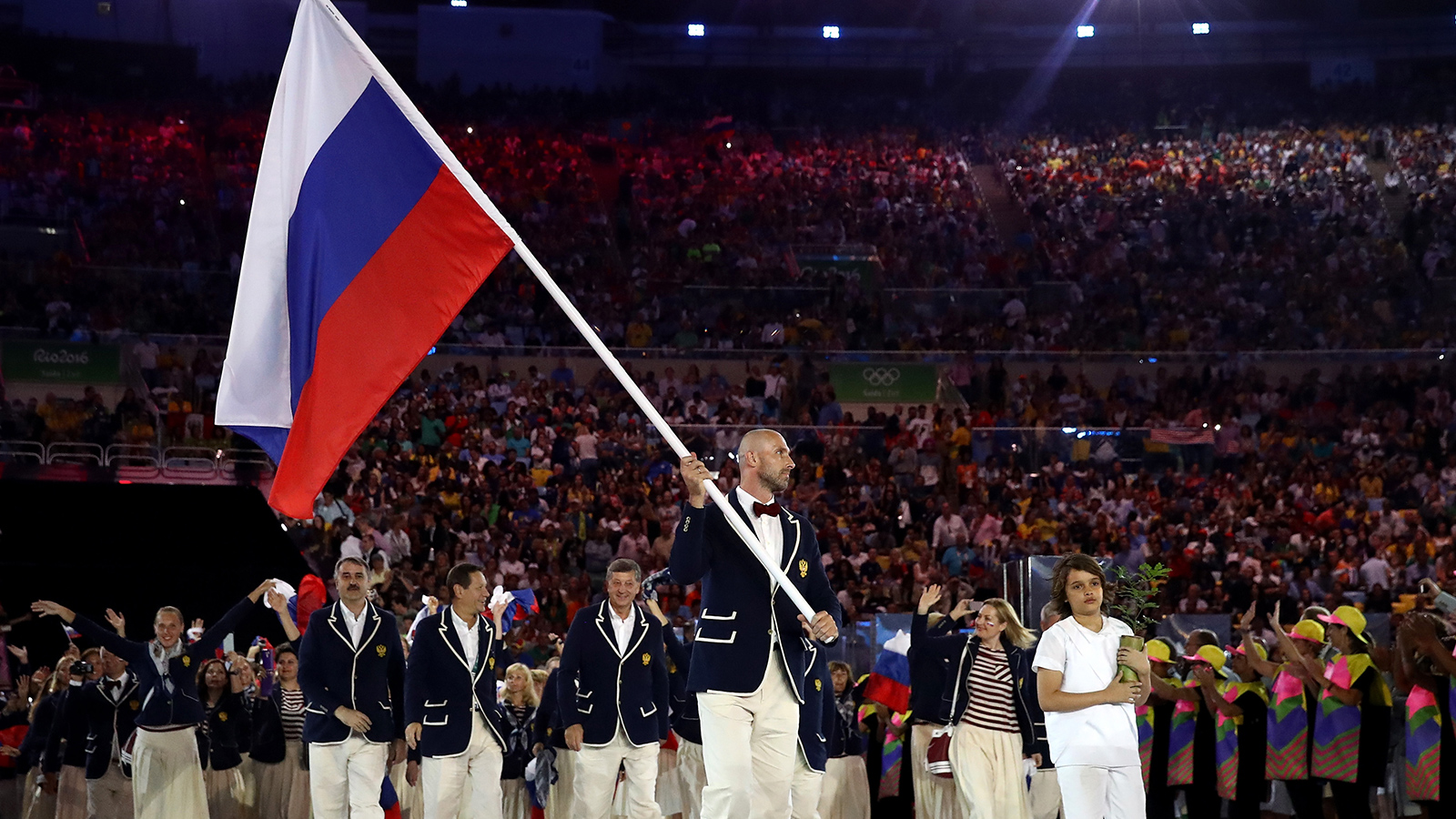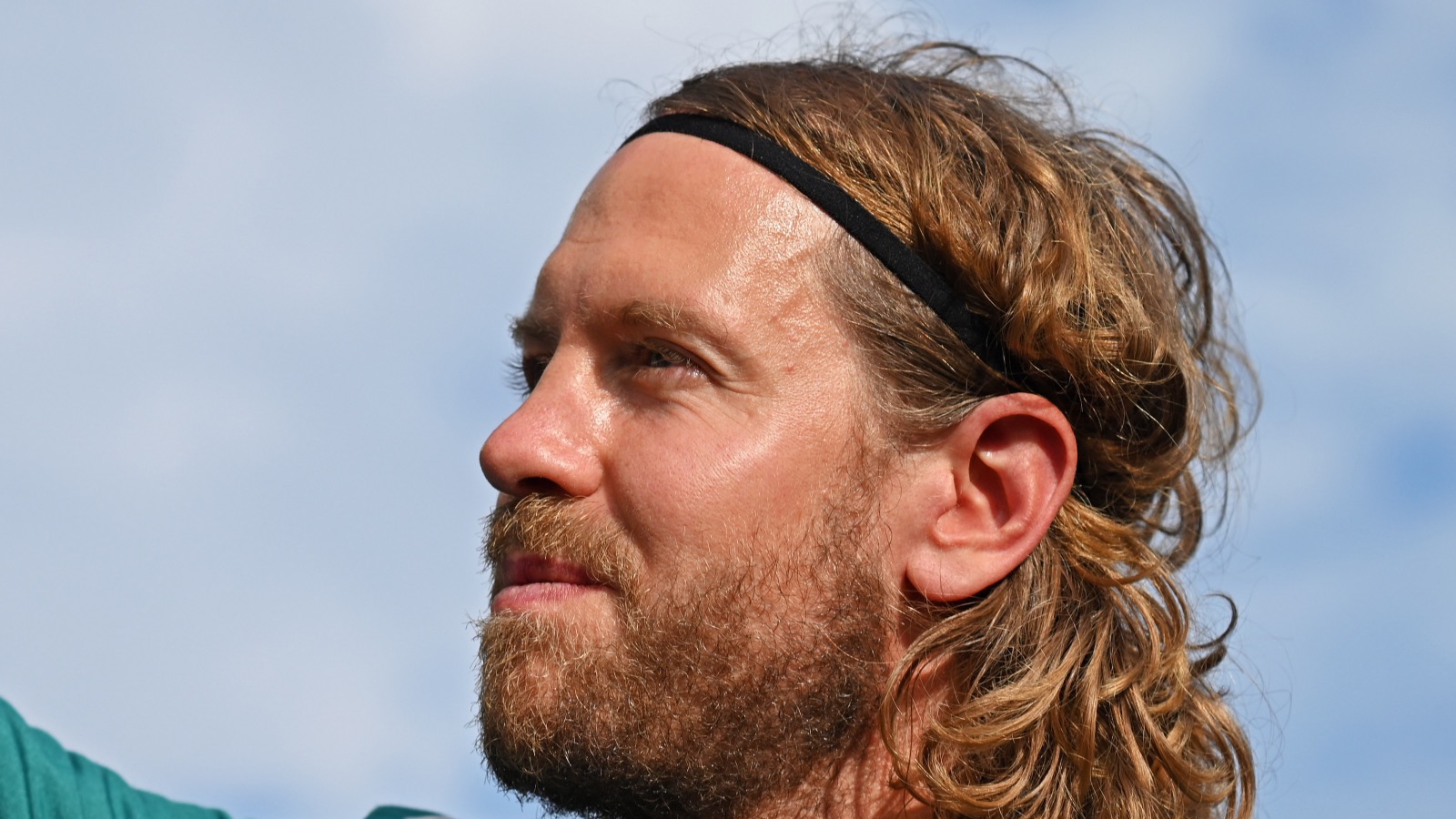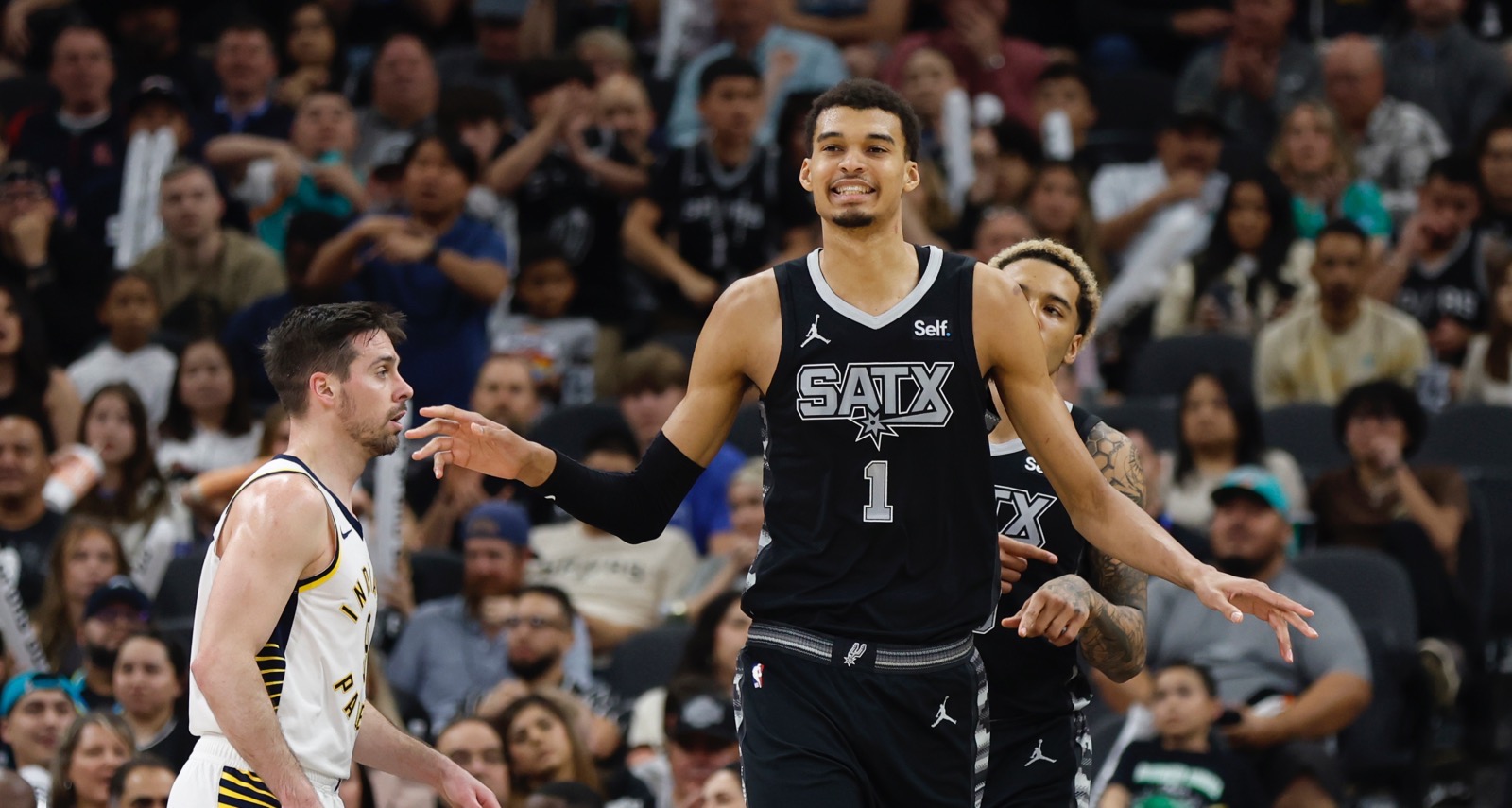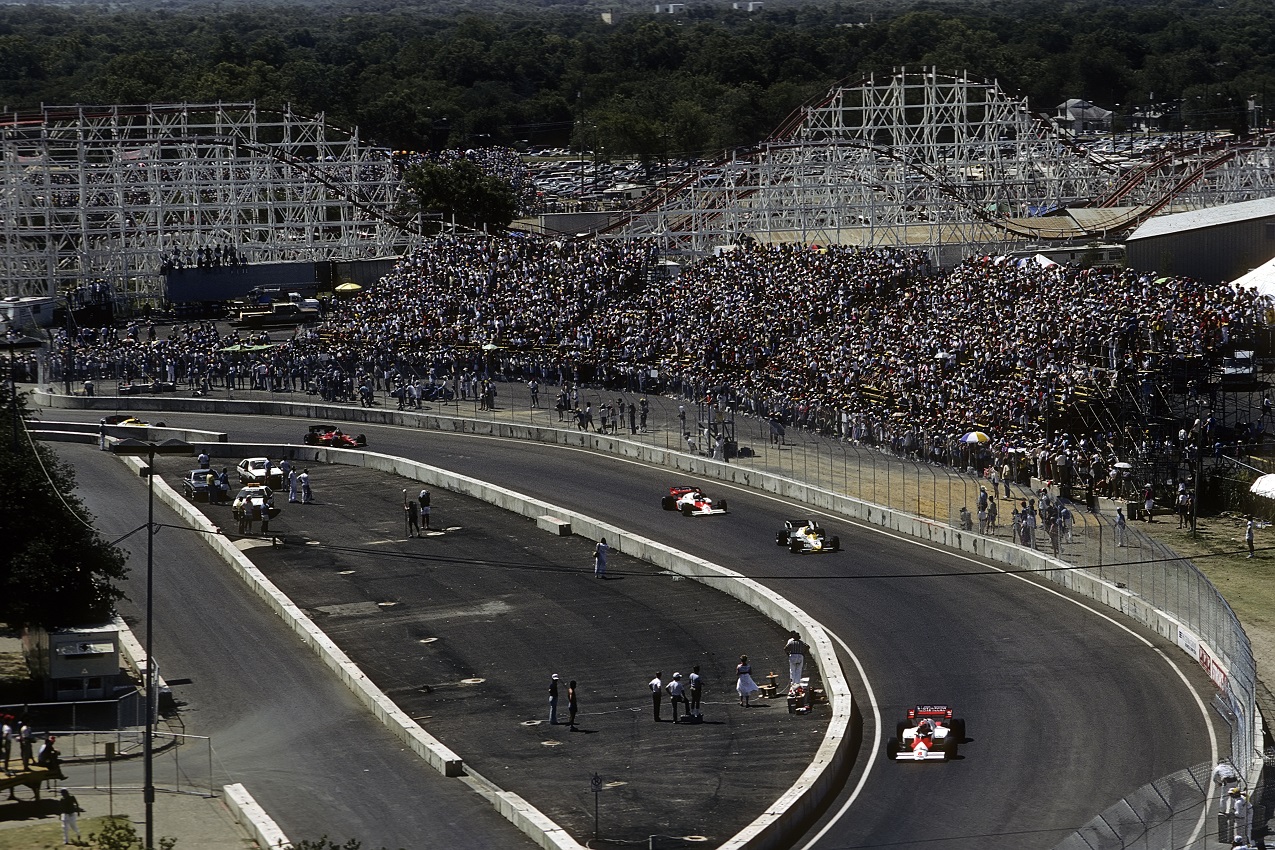
Dallas Once Hosted A Formula 1 Grand Prix And It Was A Disaster
Formula One has long struggled to crack the United States market. In recent years, they have had better luck, with the Circuit of the Americas regarded as one of F1’s better-received tracks. Earlier attempts have not been nearly as successful. During the 1980s, the organization tried its luck at multiple temporary street circuits across the country, none of which saw any long-term success.
The worst was 1984’s Dallas Grand Prix, a miserable affair loathed by those who took part in it.
Formula One comes to Texas
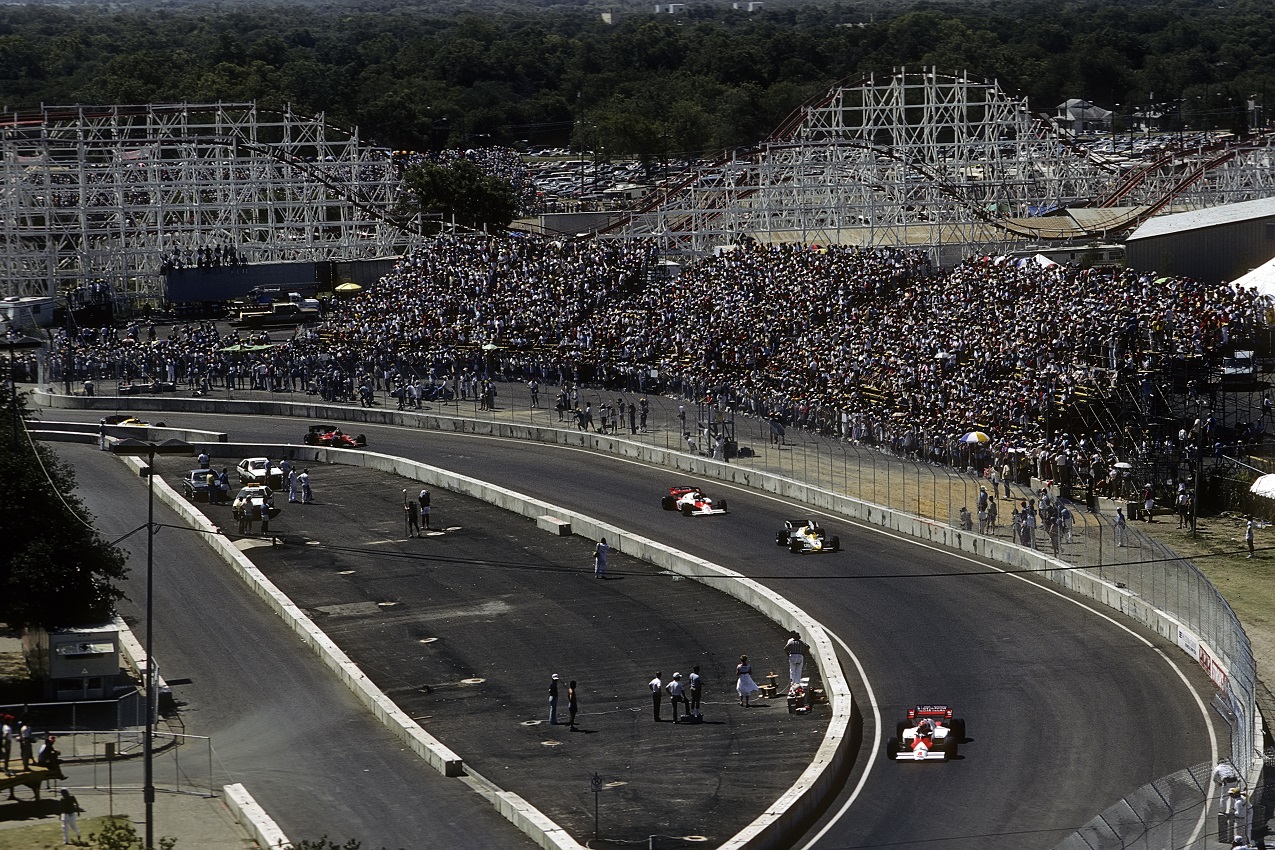
The Dallas Grand Prix was the ninth race of the Formula One season, and the second American race in a row. Two weeks earlier was the Detroit Grand Prix.
The temporary street circuit would take the drivers around the site of the Texas State Fair, which included the Cotton Bowl. According to the Dallas Morning News, the circuit cost around $2.5 million to build. Come race day, however, the track was a point of concern for the drivers.
On the Friday before the race, as they took their first practice laps, the asphalt surface broke up in the stifling Texas heat. According to some reports, the drivers threatened to boycott the race. Track officials scrambled to repair the track with quick-drying cement. But in the Texas sun, the cement failed to dry, leaving the track a mess.
Burning up the track – literally
It didn’t help matters much that the race took place on the first weekend of July. Temperatures that weekend rose above 100 degrees, while the track surface hit 145 degrees. In the oppressive heat, race officials moved the start time up three hours to 11:00 AM, which only helped marginally.
Drivers did their best to adapt to the conditions. At one point, Piercarlo Ghinzani had an entire bucket of cold water thrown on him during a pit stop. Meanwhile, Keke Rosberg drove with a water-cooled skull cap underneath his helmet. Rosberg took this advantage and drove his Williams to his third career victory, while only one other driver — Rene Arnoux — finished on the lead lap.
The race’s most memorable scene came after Rosberg crossed the finish line. Nigel Mansell, who had suffered a gearbox failure, climbed out of his stricken Lotus in an attempt to push it over the finish line. Mansell didn’t quite make it; he collapsed about 70 feet short. He had started on the pole and led for much of the race prior to his mechanical troubles.
One and done
Formula One did not return to Dallas for the 1985 season, or any season thereafter. This would not be the permanent end for the Fair Park street circuit, however. After three dormant years, racing returned to the area with the now-defunct American Trans-Am Series in 1988. The next year, that series moved to a different street circuit in nearby Addison.
As mentioned above, Dallas was far from the only failed attempt to bring Formula One to the United States. In fact, the Dallas Grand Prix replaced an earlier event at Long Beach, California, which had been on the calendar from 1976 to 1983. Detroit, where the series raced two weeks prior to the Dallas event, would also cease to host the series in 1988.
For two seasons, Las Vegas hosted the Formula One series finale, in a temporary street circuit constructed out of the Caesars Palace parking lot. While the Caesars Palace Grand Prix of 1981 and 1982 produced exciting championship finishes, the track itself is widely regarded as one of the dullest ever designed for open-wheel racing.
